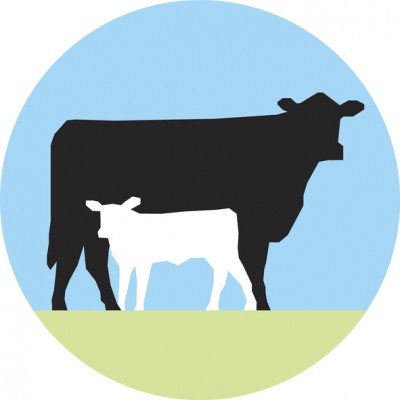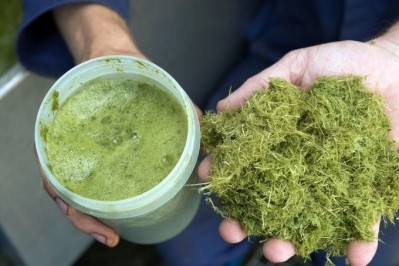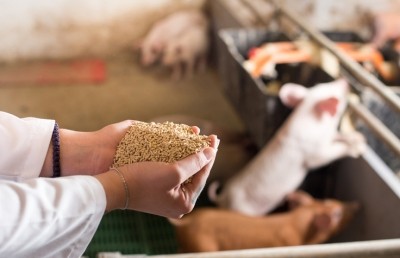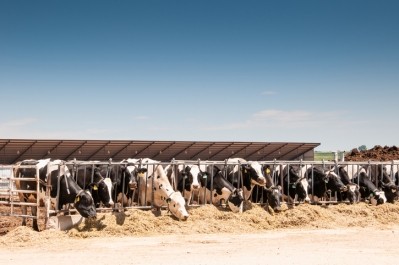Danish study: The cow favors natural over synthetic vitamin E
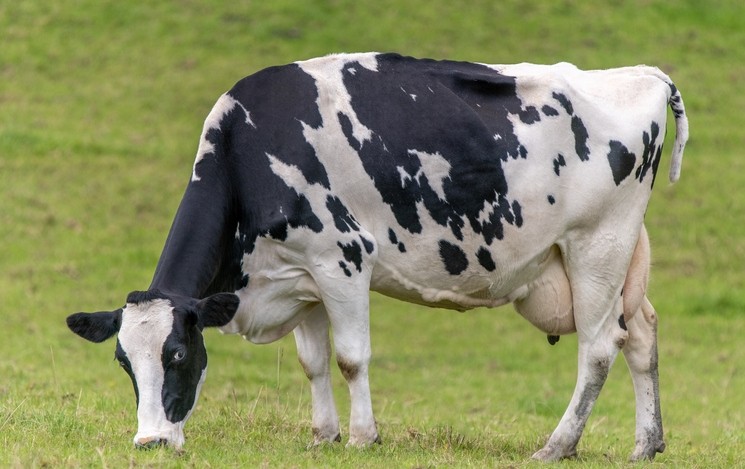
A study carried out by researchers at Aarhus University and published in the journal, Food Chemistry, would indicate the dairy cow favors natural vitamin E over synthetic vitamin E.
“We have proved that mainly the natural form of vitamin E is secreted into the milk and that cows distinguish between natural and synthetic vitamin E. Thus, cows discriminate much more in favor of the natural vitamin E compared to rats, for example. Therefore, the official conversion factor of 1.36 between synthetic and natural vitamin E does not fit very well with the cow’s biology,” according to senior researcher Søren Krogh Jensen, Department of Animal Science, Aarhus University, in a note released by the Danish Center for Food and Agriculture (DCA).
They determined that mammary gland of cows discriminates towards natural Vitamin E - RRR-α-tocopherol.
"If one imagines that vitamin E must fit like a glove in order to be transported in the body, it makes sense that the natural form is the better hand and thus has the highest biological activity [vitamin value]."
The study was part of a business PhD project funded by the Ministry of Higher Education and Science, AgroTech, Aarhus University and Future Food Innovation Denmark.
Vitamin E is of importance to the immune response system and may improve the immune response in animals deficient in vitamin E, said the researchers.
Under practical farming conditions, the simple way has been to add more synthetic vitamin E to the feed; however, only very small amounts of this end up in the milk, said Krogh Jensen.
Over time, much debate has focused on the relative biological value of providing cows with natural vitamin E and synthetic vitamin E [all-rac-a-tocopherol], she said. Today, it is generally accepted that the biological activity of synthetic vitamin E is overestimated compared to natural vitamin E in many species, added the researcher.
Experiments with rats, she continued, have shown that the natural form of vitamin E has an activity of 1.36 times higher than the synthetic form, in fact, a well-known fact since the 1940s. However, doubt has been raised about whether these results can be applied to other species, said the team. American, Canadian and Danish studies in human, cattle/sheep and pigs have shown a higher exploitation of the natural vitamin E than the official values have shown, she added.
“We started wondering about the difference in the milk’s content of vitamin E at different feeding strategies.
“In order to learn more about it, we conducted an experiment with cows receiving a single dose injection in the cervical muscle with 2.5 g of synthetic vitamin E containing all eight forms, including 12.5% of the natural form of vitamin E. Subsequently, we studied the individual forms’ secretion into the milk over the next 11 days,” said Krogh Jensen.
The 11-day-long study shows that 16.3% of the natural form is secreted into the milk, 6.5% of the three synthetic dextrorotatory forms, but only 0.7% of the synthetic laevorotatory forms is secreted into the milk. In total, this means that 6–7% of the synthetic vitamin E is secreted into the milk, said the team.
Fresh grass and grass silage the way to go
How much vitamin E the cow’s milk contains very much depends on how the farmer feeds his cows then, stressed Krogh Jensen.
“If you want to produce milk with a high content of vitamin E, it is important to choose cow feed with a naturally high content of vitamin E like for example fresh grass or grass silage rather than maize silage. However, you also need to know that the cow has an upper limit as to how much vitamin E it can secrete into the milk. The higher the milk yield, the thinner the milk will become in relation to the concentration of vitamins and microminerals,” she said.
Source: Food Chemistry

